Wind chimes - a little closer to summer
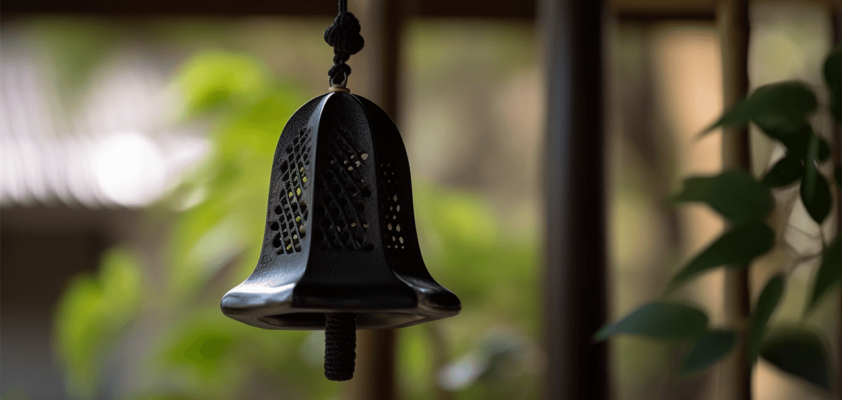
Radiant sun, warmth, and a gentle breeze – that's what we especially wish for in the cold and dark season. For the Japanese, the gentle sound of wind chimes is the epitome of summer. Find out why it is more than just decoration here.
Souvenir from the land of the wind
The Japanese wind chime not only sounds beautiful but also offers something for the eyes. In the Land of the Rising Sun, it is called Furin: 風 (Fu) stands for "Wind," and 鈴 (Rin) for "Bell." The present form of these glass wind chimes emerged during the Edo period (1603-1868) and is often referred to as Edo Furin. Traditionally, they consist of a glass sphere with a clapper hanging inside, along with a thin, inscribed paper strip. During that time, glass material first arrived in Japan from Holland and Portugal. The history of glass art began in Nagasaki, thanks to the trade port, where the first masters learned its production. Before it reached Edo (present-day Tokyo), the art was known as Bidoro (from the Portuguese "vidro" for "glass").
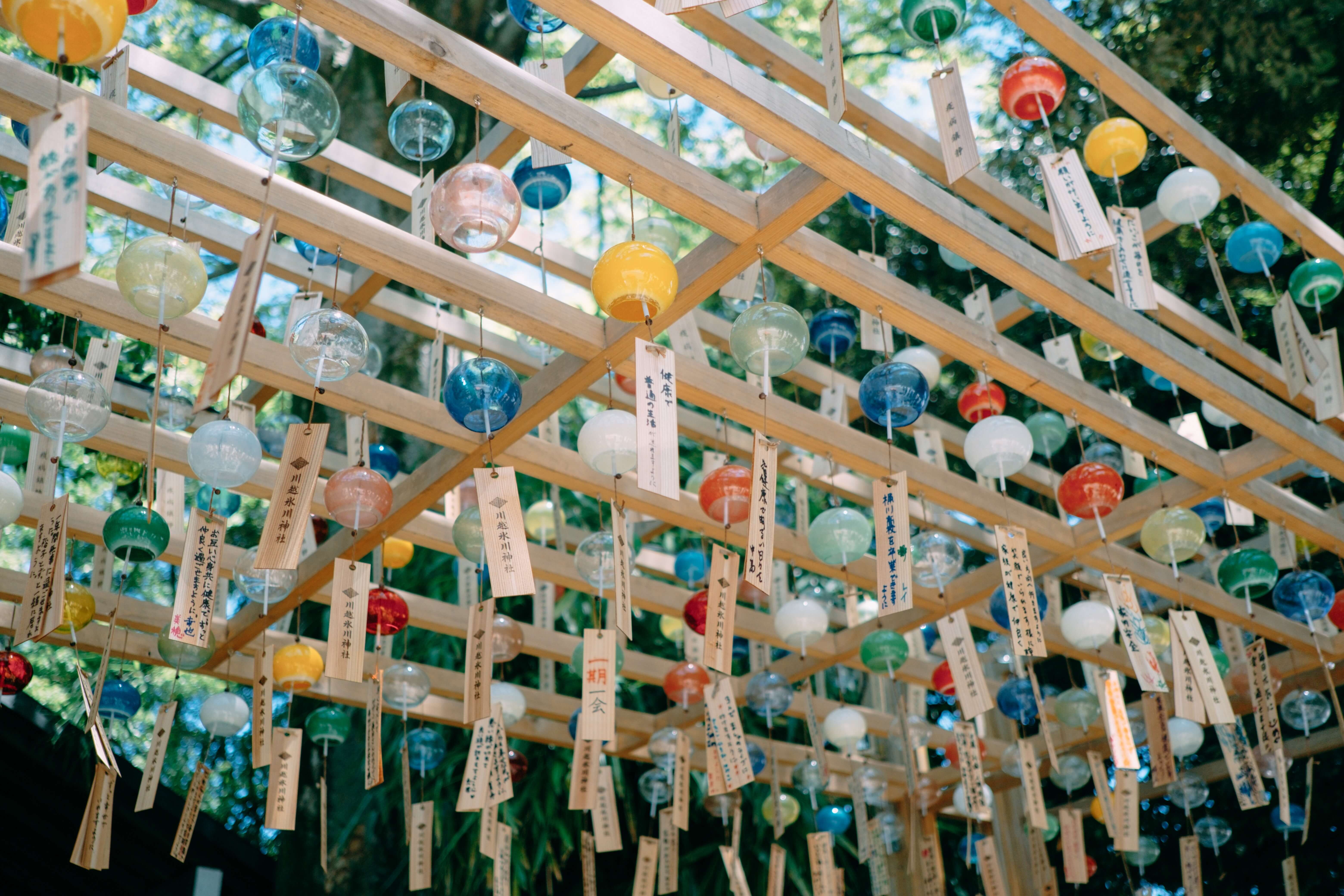
Creative toys for children and colorful decorations, but especially wind chimes made of the fragile material, have been immensely popular in Japan since then. No wonder: models made of porcelain, bronze, and other expensive materials were previously unaffordable for ordinary people but suddenly became accessible to everyone.
However, there are also artistic categories made from other materials today: colorful ceramic figures, ornate metal pagodas, or bamboo tubes. Such traditional wind chimes have been around even longer than Edo Furin. Bell-shaped Nanbu Furin, made of cast iron, are also very popular. Naturally, the sound color also changes depending on the material. While a wind chime made of stainless steel, cast iron, and glass rings invitingly in a gentle breeze, the wind whistles melodically through a bamboo wind chime, and it clicks on wood like in a Zen meditation at the temple.
Secret language of wind chimes
But are they decorations, lucky charms, or wind direction measuring instruments? Probably a bit of everything. These special mobiles originated in China. Between the 8th and 12th centuries, around the same time as Buddhism, they spread to Japan – as a kind of divination tool. Depending on the direction the wind turned them and made them sound, they could supposedly interpret the future. Wind chimes were also believed to protect everyone within earshot from evil spirits. That's why they traditionally found their place at temples and the homes of affluent families. Owners would remove the wind chimes at night or on particularly windy days out of consideration for their neighbors, ensuring that the wind chimes never became a nuisance.
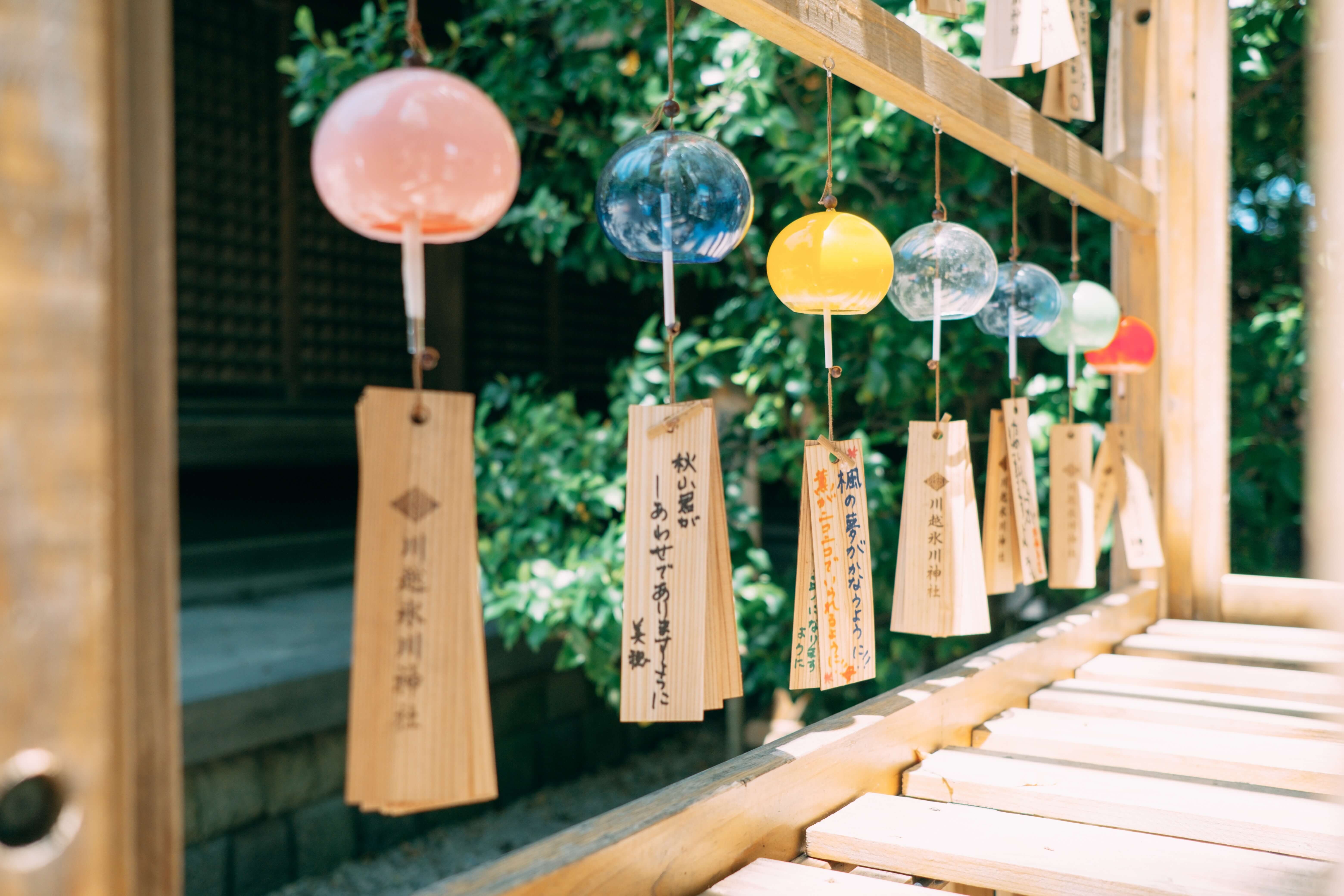
Contrary to this, the Mizusawa Station in the northeastern Iwate Prefecture demonstrates that they can even counteract noise. For over 50 years, numerous metal wind chimes have been ringing there. These are part of the "100 Soundscapes of Japan," conceived as a countermeasure to noise and environmental pollution throughout the country.
Today, wind chimes primarily protect the island's residents from hot and humid summers. The sound of the wind chime is associated with a refreshing summer breeze, and allegedly, the cooling and invigorating effect sets in just by listening. A relaxing effect is also attributed to the Japanese mobile: being moved by the wind, their rhythm is in harmony with nature, appealing to our bodies in their deepest sensations.
Wind in all its strengths is a part of everyday life in Japan, especially in late summer – hence wind chimes here particularly showcase their effectiveness. Like all benign natural phenomena, wind is appreciated and celebrated in Japan. Another reason for the success of glass wind chimes is, of course, that they are simply beautiful to look at. Paintings on the glass make them even more attractive: a cool blue in the form of fish, yellow like the sun, or mystical green bamboo. The motifs are as symbolic as the purpose of the wind chimes and often match the season: whether watermelons, flowers, or fireworks, they visually prepare the viewer for the warm season. Animals often find a place on the glass or porcelain spheres. On Children's Day on May 5th, you'll especially find many koi carp, symbolizing this festival. Although these wind chimes called Koi no bori made of paper do not ring, they flutter more lively like a kite in the wind and adorn every garden, river, and park in Japan at this time. Moreover, wind chimes can also take the form of popular characters or be inspired by Kokeshi dolls and Maneki-neko (beckoning cats).
Fragile craftsmanship for the garden
Glass wind chimes are mouth-blown, which is why no two sound the same. After glass is melted in a crucible at over 1000 degrees, craftsmen blow two differently sized balls using a special pipe and a single breath. The art lies in blowing with just the right strength and simultaneously turning the long pipe so that a uniform ball is formed. A small hole is then cut into the created ball from the top. The smaller ball is later separated with the help of a stone, creating an opening in the larger one. The clapper is attached to this opening later.
The diverse sound of the glass wind chimes also comes from the fact that the edge of the glass balls, unlike, for example, tableware, is not polished. So, handling these wind chimes should be done carefully to avoid cuts.
Finally, the patterns are hand-painted from the inside using watercolors so that the luster of the glass and the colors remain vibrant despite the weather. A thin clapper that produces the sound is attached along with the paper strip in the wind chime. Japanese paper is robust and often contains a message or a beautiful pattern. What sounds simple actually requires decades of practice. Once you get the hang of it, creating such a unique wind chime takes only about an hour.
Wind chimes, especially those in the garden, are a delight for the eyes and ears. Handcrafted art, with gentle care, lasts a lifetime and beyond. Of course, caution should be exercised with glass, and during severe storms, any type of wind chime should be secured.
Diversity of mobile
The acoustic aesthetics of wind chimes also captivated many well-known Japanese figures, including the director Akira Kurosawa. For his film "Red Beard," he sought the furin with the most beautiful sound and found it in Odawara, where the art of wind chimes made of cast iron has a long tradition. There, at the Kashiwagi workshop, you can still create your own creative casting mold for a bell, from which a unique piece will later emerge.
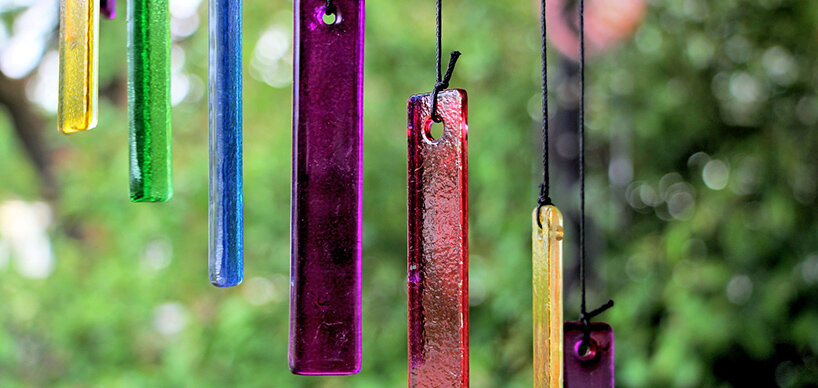
If you are more a fan of glass, the Shinohara family is considered the founder of this original craftsmanship and still has a workshop in Tokyo today. Visitors can also participate in workshops there and create their own Edo Furin. In Tokayama Prefecture, beautiful wind chimes made of metal with various coatings that shine in the sun and mimic the sound and aesthetics of Buddhist bells are created.
So wherever you go, every region of Japan has its own treasures, and there is something for every taste—and every ear. If travel is not possible, many models can be ordered online. Large workshops have an English website and provide detailed information about production as well as opportunities to be involved when the next artwork is created.
When it comes to hanging decorations, the Japanese don't limit themselves to wind chimes: you can also find lanterns, colorful flags, and small ghosts called Teru Teru Bozu. The latter, with their round heads, colorful strings or ribbons, and bodies made of fluttering fabric, resemble a wind chime. This type of mobile is said to bring good weather.
We also wish for as much of that as possible. And we're not far off: summer is not far away when the wind chimes in gardens and balconies, terraces and windows swing and ring merrily.

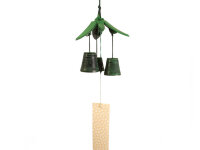
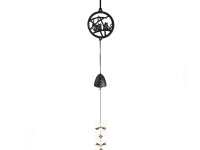
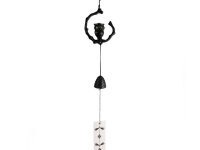
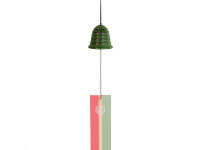
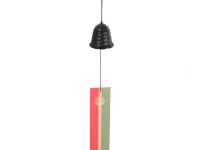
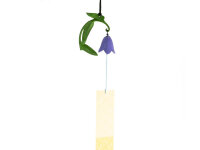
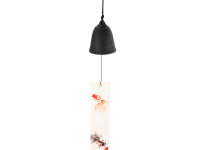
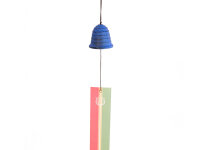
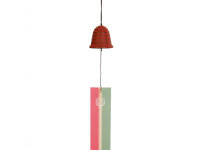
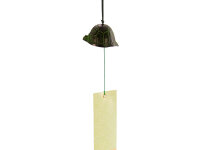










-from-the-yakiyaki-grill-pan.jpg)




